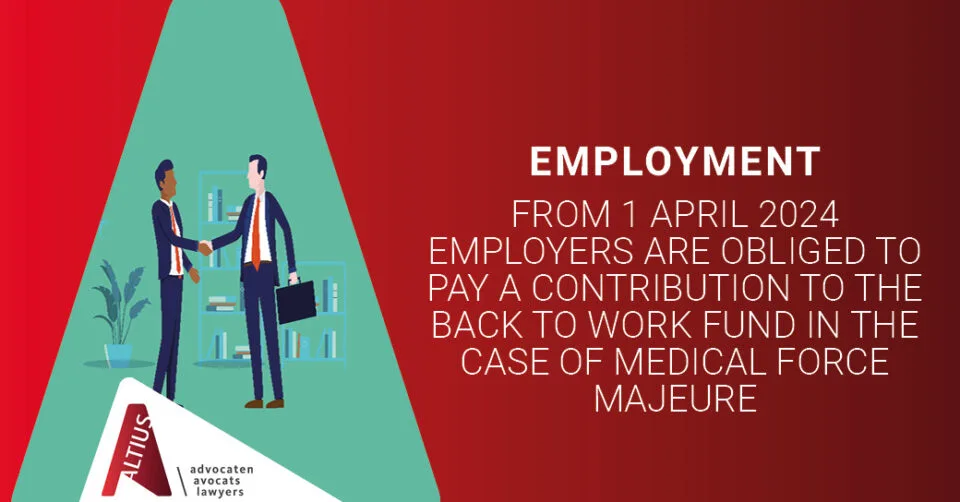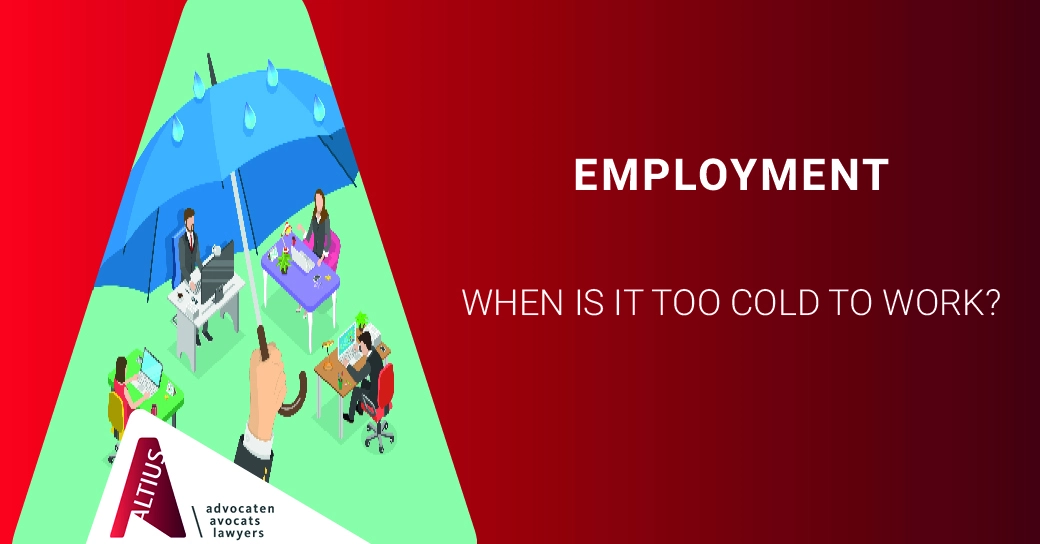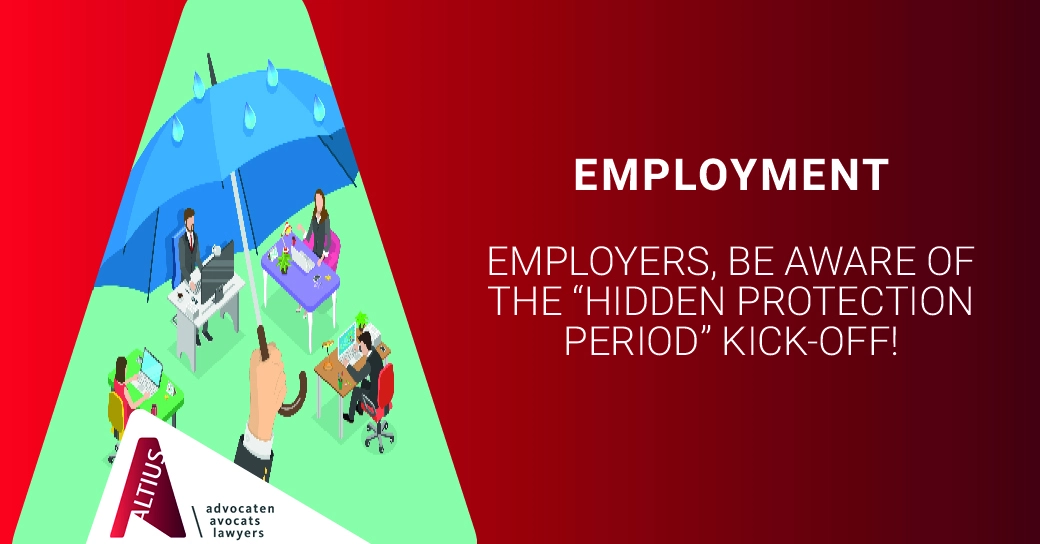X – 60: What are your obligations?

On X – 60, i.e. between 13 and 26 December 2019, depending on the chosen election day, the employer must provide the Works Council and/or the CPPW, or, in their absence, the Trade Union Delegation, with written information that includes the following elements:
(1) the determination of the (number of) ‘technical business unit(s)’ (TBUs)
(2) the number of employees per ‘category’ on day X – 60
(3) the functions of the high level executive personnel (‘leidinggevend personeel/personnel de direction’) and an indicative list of the persons exercising these functions
(4) the functions of the managerial personnel (‘kaderleden/cadres’) and an indicative list of the persons exercising these functions (only for the Works Council)
(5) the day of posting of the notice announcing the date of the elections and the envisaged date of the elections
1) The determination of the (number of) TBU(s)
The employer must inform the consultative bod(y)(ies) about the number of TBU(s), their scope and how they relate to the legal entities and vice versa.
If a Works Council and/or CPPW is already in place (elected during the previous social elections), then the employer must only notify the changes compared to the previous elections. When there has been no change in the composition of the TBU(s) since the previous social elections, then these TBU(s) can be described by reference to the registration number in the Public Database for Undertakings (‘KBO/BCE’).
To help you evaluate the TBU(s) in your organisation, Altius has developed a practical tool.
Do the test via this link or the ‘TBU tool button’ on the Altius Social Elections webpage and discover if the legal entities in your group are likely to form one TBU or, on the contrary, are sufficiently independent from an economic and a social point of view to form separate TBUs.
(2) The number of employees per ‘category’ on day X – 60
The employer must indicate the number of employees per category of personnel (i.e. (i) blue-collar workers, (ii) white-collar workers including high level executive personnel and managerial personnel, and (iii) young workers) employed on day X – 60.
(3) The functions and names of the high level executive personnel
The employer must inform the consultative bod(y)(ies) of the functions of the high level executive personnel (‘leidinggevend personeel/personnel de direction’) and provide an indicative list of the persons exercising these functions.
Please note that what is understood by ‘high level executive personnel’ is very strictly defined. It only concerns the two highest levels within the company.
High level executives are persons in charge of the daily management of the company and who are authorised to represent and commit the employer (Level 1) and also the employees who are immediately subordinate to these persons and who also carry out daily management tasks (e.g. recruiting and dismissing personnel, etc.) (Level 2).
The employer selects its representatives in the Works Council and the CPPW from these 2 highest levels.
(4) The functions and names of the managerial personnel
Also a list with the functions and names of the managerial personnel (‘kaderleden/cadres’) must be provided by the employer.
This information must only be provided for the election of the Works Council and if the employer employs at least 30 white-collar employees.
(5) The day of the elections and the day of posting of the notice announcing this date
There is an obligation to provide the information above in a standard form, available on the website of the Federal Public Service Employment, Labour and Social Dialogue.
A copy of this written information should either be posted in the different sections and divisions of the company or the information should be made available to the employees through an electronic document, to which the employees have access during their normal working hours. Therefore, the employees will always be informed and this is irrespective of whether or not the company has a Works Council/CPPW and/or a Trade Union Delegation.
Finally, the employer must provide all of the abovementioned information through the web application of the Federal Public Service Employment, Labour and Social Dialogue (https://www.sociale-verkiezingen.belgie.be OR https://elections-sociales.belgique.be/) and should verify and, if need be, amend the company data in the same application.
Following this round of information, the Works Council and/or the CPPW or the Trade Union Delegation will be consulted on the information provided by the employer, who must then make a final decision on all of the above on X – 35 (i.e. between 7 and 20 January 2020).
To be continued!
Written by
Recommended articles
From 1 April 2024 employers are obliged to pay a contribution to the Back to Work Fund in the case of medical force majeure
From 1 April 2024, an employer establishing the termination of an employment contract for ‘medical force majeure’ will have to notify a new 'Back to Work Fund' (Fund).
Read onWhen is it too cold to work?
As winter settles in, the challenge of working in cold conditions becomes a significant consideration in the professional landscape. Cold working environments raise concerns about employee well-being and potential violations of occupational health and safety standards.
Read onEmployers, be aware of the “hidden protection period” kick-off!
The “hidden protection period” is one of the most remarkable features of the social elections process. The hidden protection period is the period during which candidates already benefit from the specific dismissal protection, even though the candidate lists are only being disclosed to the employer 65 days later.
Read on



